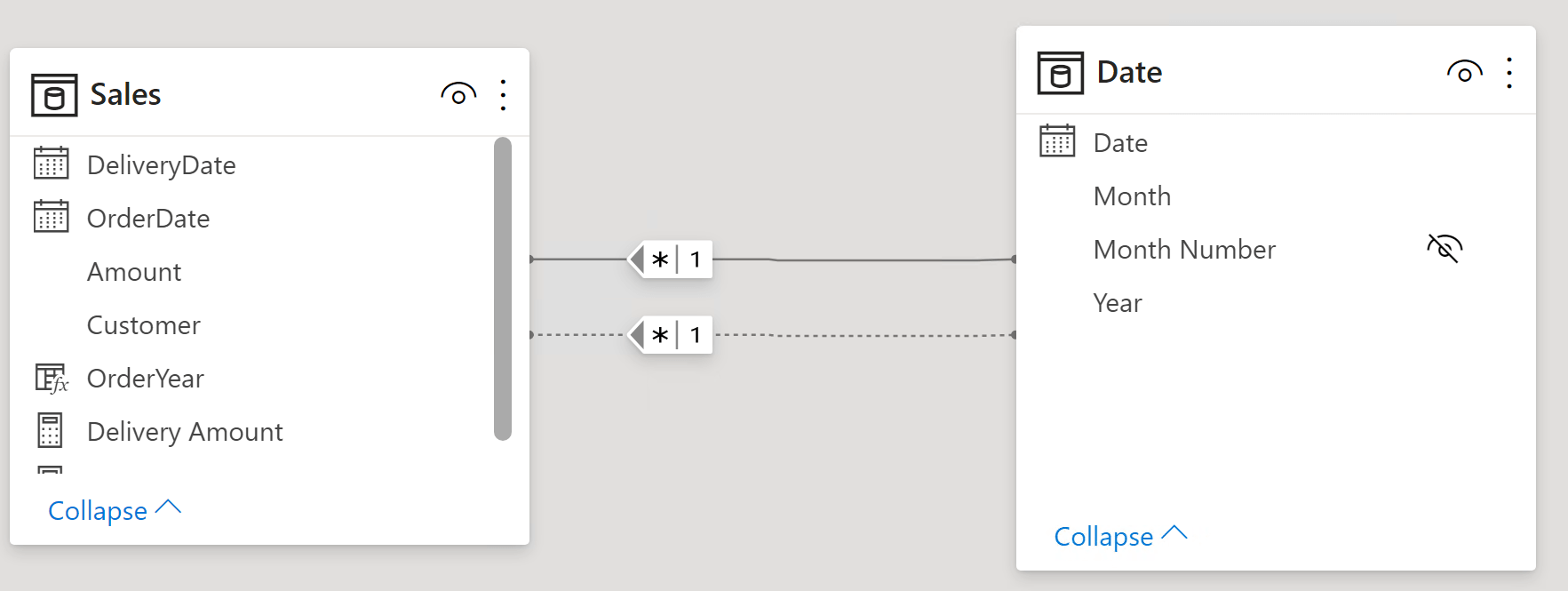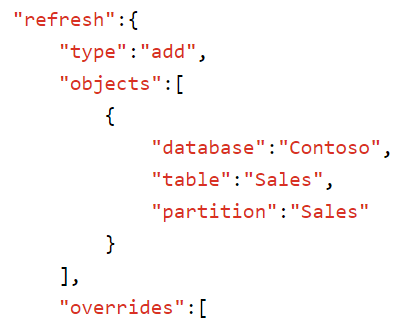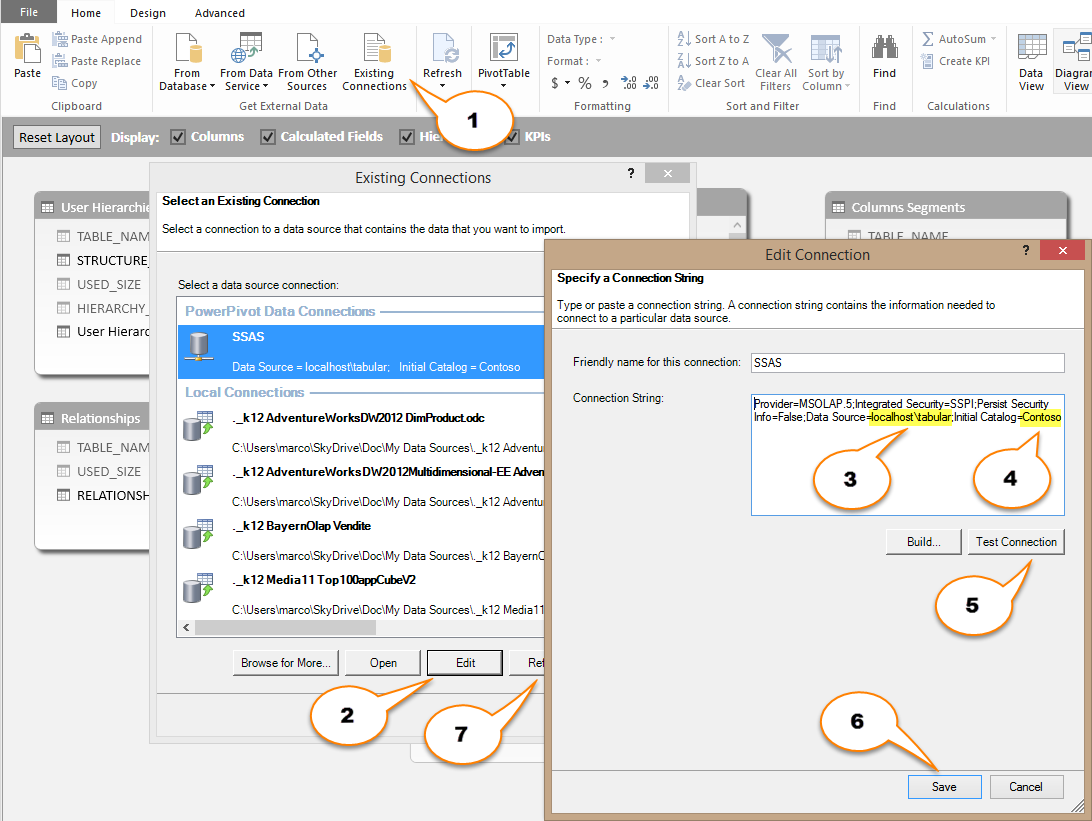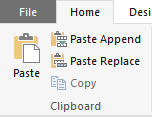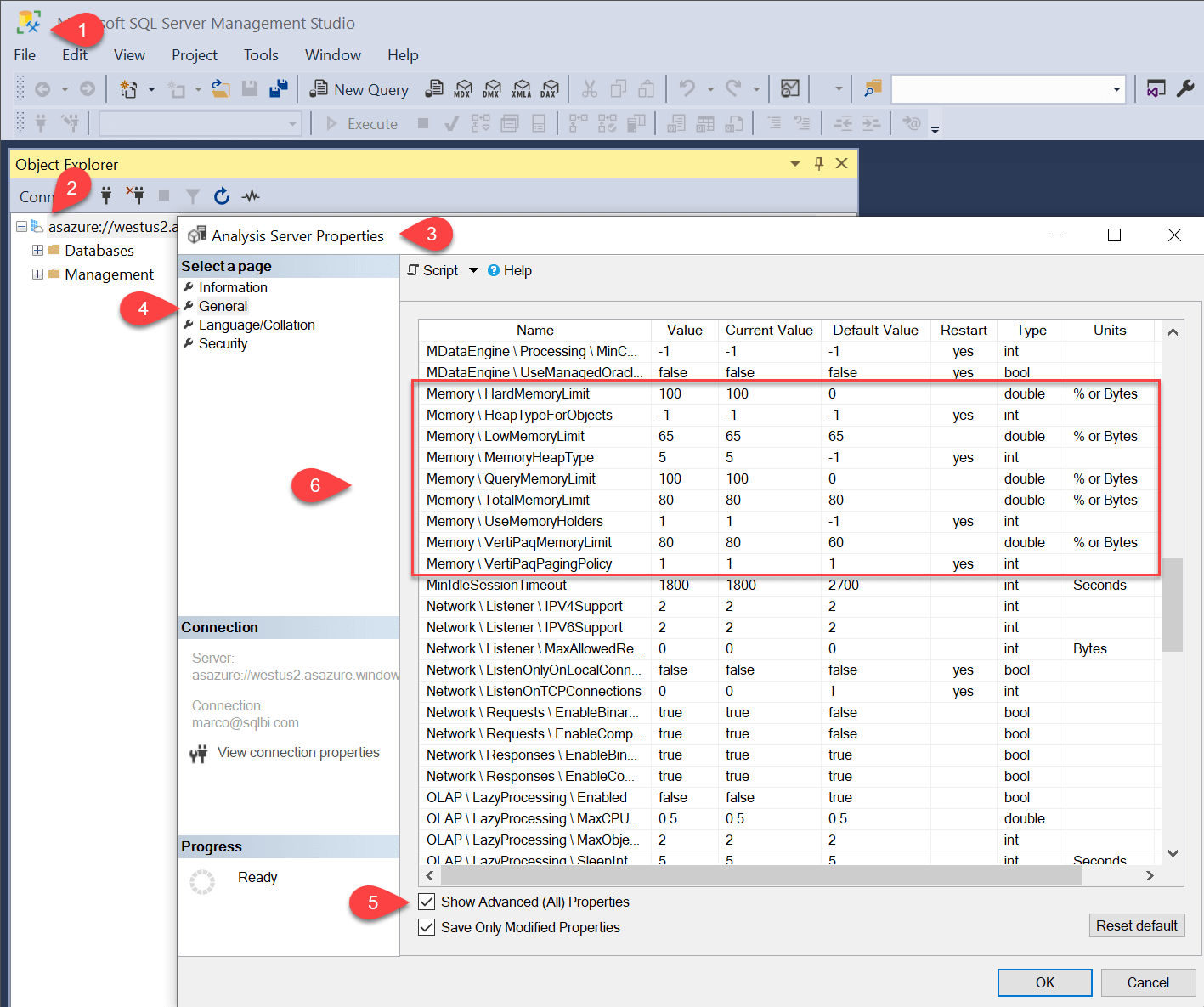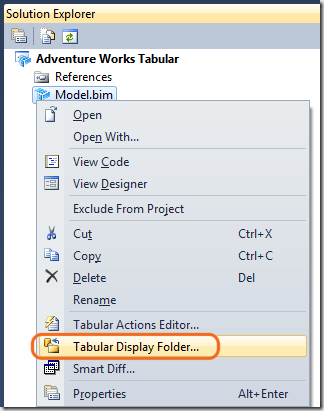Topic: Tabular
-
USERELATIONSHIP lets you temporarily change which relationship is active. Even though USERELATIONSHIP is easy to work with in measures, it can be challenging and give you inaccurate results when used in calculated columns. In this article, we describe the details… Read more
-
This article explains how to avoid circular dependency errors that can occur in DAX when two or more entities (calculated columns or calculated tables) reference one another in such a way that the engine cannot compute their value. Read more
-
This article describes how to implement incremental updates to an Analysis Services database in Tabular mode with compatibility version 1200 or higher. Read more
-
Analyzing table and column size is an important step in optimizing a data model for Power Pivot, Power BI, or Analysis Services Tabular. This article describes VertiPaq Analyzer, an Excel workbook to analyze detailed information extracted from Dynamic Management Views. Read more
-
You can create static tables in DAX using the DATATABLE function. This article describes the syntax of this new feature and shows when and how to use it. Read more
-
This article describes different techniques to retrieve multiple values from a lookup table in DAX, improving code readability and performance. Read more
-
Power BI sets a new milestone in Business Intelligence: Marco describes the importance of new composite models in an article, and Alberto shows them in action in a video. Read more
-
This article describes the memory configuration in SQL Server Analysis Services and Azure Analysis Services. Modifying these settings may impact performance and memory errors. Read more
-
When you create a Tabular model in Microsoft SQL Server Analysis Services (SSAS), you have to define all of the measures that the user will be able to use. All the measures defined in the measure grid of a table… Read more
-
PowerPivot and BISM Tabular handle relationships between tables by using a single column that requires to be a unique column in the lookup table. In this article you will see how to handle relationships between tables that have different granularities,… Read more
